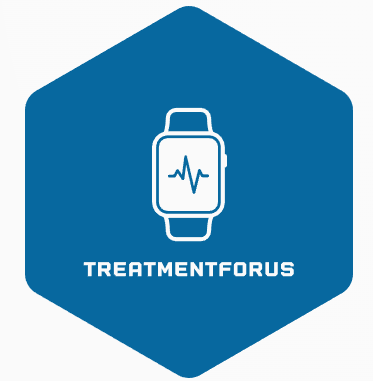Unraveling the Mystery of Subcutaneous Lumps: Causes, Symptoms, and Treatment Options
Discovering a lump under your skin can be a concerning experience. While most lumps are harmless, it’s important to understand their causes and know when to seek medical attention. In this article, we will delve into the topic of subcutaneous lumps, exploring their possible causes, common symptoms, and available treatment options.
Causes of Subcutaneous Lumps:
Subcutaneous lumps, also known as subcutaneous nodules or lipomas, can have various underlying causes, including:
Lipomas: These are the most common type of subcutaneous lumps and are benign tumors composed of fatty tissue.
Cysts: Epidermoid or sebaceous cysts can develop when the skin’s oil glands become blocked, leading to the formation of a fluid-filled sac under the skin.
Fibromas: Fibromas are non-cancerous growths that arise from the connective tissue beneath the skin.
Infections: Certain infections, such as abscesses or swollen lymph nodes, can cause painful lumps under the skin.
Trauma: Injuries or trauma to the skin can result in the formation of a lump as part of the body’s healing process.
Symptoms and Characteristics:
Subcutaneous lumps may exhibit the following symptoms and characteristics:
A painless lump that is mobile and easily felt beneath the skin.
Varied sizes, ranging from small pea-sized lumps to larger ones.
Soft or firm texture, depending on the underlying cause.
No accompanying redness or inflammation (in most cases).
The lump may grow slowly over time or remain stable.
Treatment Options:
Treatment for subcutaneous lumps depends on the underlying cause and the individual’s specific circumstances. In many cases, no treatment is required if the lump is benign and not causing any discomfort. However, if the lump becomes painful, rapidly grows, or raises concerns, the following options may be considered:
Surgical Removal: A minor surgical procedure can be performed to remove the lump if it is causing discomfort or is cosmetically bothersome.
Medications: In cases of infection or inflammation, your healthcare provider may prescribe antibiotics or anti-inflammatory drugs to alleviate symptoms and promote healing.
Monitoring: For benign lumps, regular monitoring may be recommended to ensure stability and detect any changes.
When to Seek Medical Attention:
While most subcutaneous lumps are harmless, it’s essential to consult a healthcare professional if you experience any of the following:
Rapid growth of the lump.
Persistent pain, tenderness, or inflammation.
Changes in the appearance, texture, or color of the lump.
Accompanying symptoms such as fever or unexplained weight loss.
Conclusion:
Subcutaneous lumps can be a source of concern, but they are often harmless and benign. Understanding the possible causes, symptoms, and treatment options can help alleviate anxiety and guide you in making informed decisions. If you discover a subcutaneous lump, it’s recommended to consult a healthcare professional for proper evaluation and diagnosis. They will provide appropriate guidance based on your specific situation and determine the most suitable course of action.
